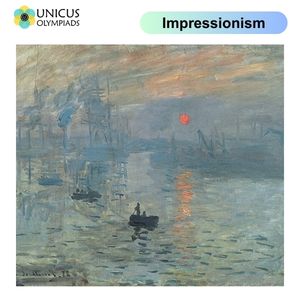

Art styles like Impressionism and Surrealism have had a profound impact on the way we view and understand the world through art. These movements each have unique characteristics and express different emotions, ideals, and perspectives. Below is an exploration of these two influential art styles, what they express, and their key features.
Impressionism was an art movement that emerged in France in the late 19th century, with artists focusing on capturing the "impression" of a scene rather than its precise details. This style emphasized light, color, and everyday life, with a particular focus on how natural light affected the perception of color and form.

Surrealism was an art movement that began in the early 20th century, drawing heavily on the unconscious mind, dreams, and fantasy. It aimed to express the irrational and illogical side of human experience, often combining bizarre, dream-like images with ordinary objects in unexpected ways. The movement sought to challenge the boundaries between reality and imagination, embracing the absurd.
